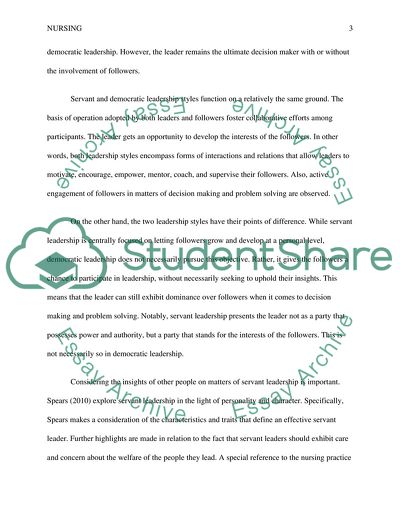Cite this document
(Servant Leadership Research Paper Example | Topics and Well Written Essays - 1000 words, n.d.)
Servant Leadership Research Paper Example | Topics and Well Written Essays - 1000 words. https://studentshare.org/medical-science/1798947-becoming-a-servant-leader
Servant Leadership Research Paper Example | Topics and Well Written Essays - 1000 words. https://studentshare.org/medical-science/1798947-becoming-a-servant-leader
(Servant Leadership Research Paper Example | Topics and Well Written Essays - 1000 Words)
Servant Leadership Research Paper Example | Topics and Well Written Essays - 1000 Words. https://studentshare.org/medical-science/1798947-becoming-a-servant-leader.
Servant Leadership Research Paper Example | Topics and Well Written Essays - 1000 Words. https://studentshare.org/medical-science/1798947-becoming-a-servant-leader.
“Servant Leadership Research Paper Example | Topics and Well Written Essays - 1000 Words”. https://studentshare.org/medical-science/1798947-becoming-a-servant-leader.


